ABA Therapy and Generalization Skills
Discover how ABA therapy and generalization skills improve outcomes for individuals with autism and promote lasting success.
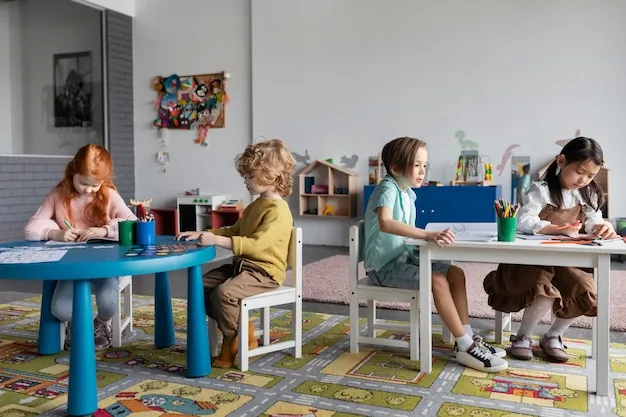
Understanding Generalization in ABA Therapy
Generalization is a crucial concept in Applied Behavior Analysis (ABA) therapy, particularly for children with autism. It refers to the ability to apply a learned skill or behavior across different situations, settings, and people, enabling effective use of acquired skills in everyday life.
The Importance of Generalization
The significance of generalization cannot be overstated. It allows individuals to transfer and apply their skills beyond the confines of the therapy room, promoting independence and functional success in various aspects of their lives. Effective generalization ensures that therapeutic outcomes lead to meaningful changes in the daily functioning of individuals. This process goes beyond rote memorization, emphasizing the practical application of skills in real-life contexts [1].
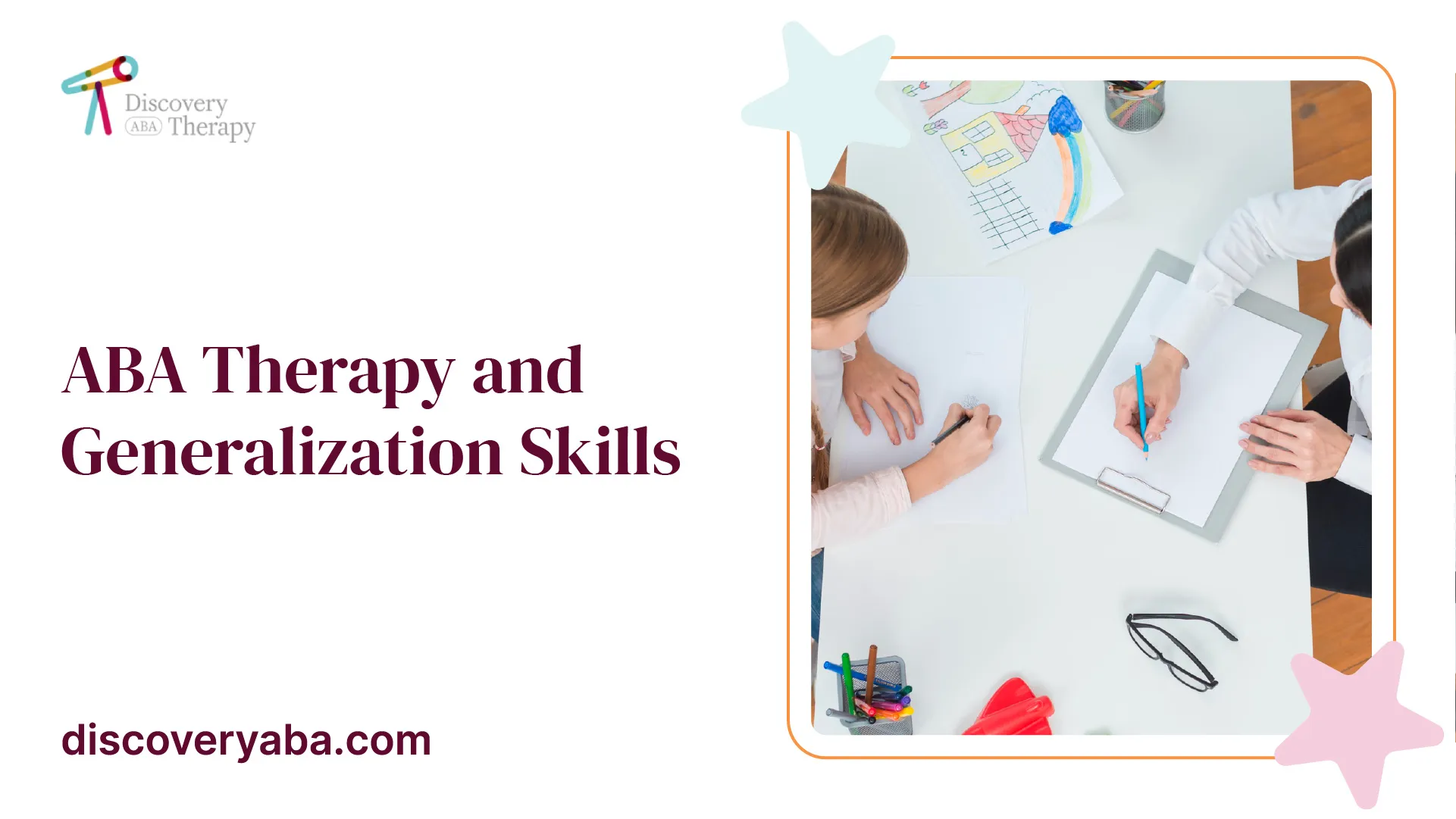
Types of Generalization
There are two primary types of generalization:
Type of GeneralizationDescriptionStimulus GeneralizationResponding to different but similar stimuli.Response GeneralizationUsing different but similar responses to achieve the same goal.
Through the implementation of carefully designed generalization plans, ABA professionals can support individuals in transferring and applying their learned skills effectively beyond the therapy setting, fostering independence. Understanding these types of generalization is essential for parents and guardians as they observe their loved ones apply their skills in everyday situations.
Promoting Generalization Skills
In ABA therapy, promoting generalization skills is essential for ensuring that learned behaviors can be applied in various contexts. This section focuses on strategies for both response generalization and stimulus generalization.
Strategies for Response Generalization
Response generalization refers to the ability to use different but similar responses to achieve the same goal. For instance, a child who learns to say "please" when requesting a toy should also be able to use sign language or a picture card for the same request [2]. Here are some effective strategies to promote response generalization:
StrategyDescriptionTeach multiple response methodsEncourage the use of various responses to a single situation, such as verbal requests, sign language, or picture cards.Practice in diverse settingsConduct learning sessions in different environments to facilitate adaptability, such as home, therapy centers, or community places.Use natural reinforcementReinforce a variety of responses in real-life situations, allowing the learner to see the effectiveness of different approaches.
Response generalization helps learners utilize acquired skills in novel ways, fostering independence and improving problem-solving abilities.
Strategies for Stimulus Generalization
Stimulus generalization is the ability to apply a learned behavior in one situation or with one stimulus to similar situations or stimuli. This practice makes the behavior more applicable and functional in real-life scenarios. To promote stimulus generalization, consider the following strategies:
StrategyDescriptionVary the teaching stimuliIntroduce variations of the stimulus during lessons to help the learner associate the behavior with multiple cues.Create contextual learning opportunitiesFacilitate practice in the same skill but in different contexts, enhancing the versatility of the learned behavior.Gradually fade prompting supportSystematically decrease prompting as the learner becomes more confident in utilizing the skill across different situations [1].
By implementing these strategies, parents and guardians can enhance the effectiveness of ABA therapy for individuals with autism. This approach not only prepares learners for various scenarios but also supports their overall development and independence as they navigate different environments and social situations. For further insights into ABA methodologies, check out our articles on aba therapy and prompting strategies, aba therapy and shaping behaviors, and aba therapy and chaining techniques.
Implementing ABA Programs
Implementing effective ABA programs is crucial for maximizing the impact of therapy on individuals with autism. This process involves the expertise of trained professionals and the customization of interventions to cater to individual needs.
Role of a Board-Certified Behavior Analyst
A board-certified behavior analyst (BCBA) plays an integral role in designing and overseeing ABA programs. They customize these programs according to each learner's skills, preferences, and family situation. This tailored approach ensures that the intervention is relevant and effective. BCBAs lead the instruction of various ABA procedures and focus on developing skills that promote independence and success in everyday life.
The responsibilities of a BCBA can be outlined as follows:
ResponsibilityDescriptionProgram DesignDevelops individualized programs based on assessments and observations.SupervisionOversees implementation by instructors, ensuring fidelity to the program.Data AnalysisMonitors progress through data collection and analysis, making adjustments as needed.TrainingProvides training to instructors and family members to support consistent implementation.
The expert guidance of a BCBA is essential in ensuring that ABA therapy is administered effectively, laying the groundwork for skill acquisition and generalization.
Individualized ABA Therapy Programs
Individualized ABA therapy programs are designed to meet the unique needs of each child or individual attending therapy. These programs take into account various factors, including the learner's strengths, weaknesses, interests, and environmental contexts. The customization of these interventions is vital for facilitating generalization skills, which are essential for transferring learned behaviors to different situations and settings.
The varied components of an individualized ABA program typically include:
Moreover, the historical evolution of ABA therapy demonstrates how it has adapted to address the complex needs of individuals with autism spectrum disorders (ASD) over the last 60 years, leading to more holistic and effective intervention practices [6]. With continuous assessment and adaptation, individualized ABA therapy programs can significantly enhance generalization skills and improve overall outcomes for individuals with autism. For more information on maintaining skills after intervention, readers can refer to aba therapy and maintenance of skills.
Enhancing Generalization in Autism Therapy
Fostering generalization skills is essential in ABA therapy to ensure that the skills learned are not limited to specific environments. This is particularly important for individuals with Autism Spectrum Disorder. Two vital components in enhancing generalization are incorporating play sessions and collaboration among professionals.
Incorporating Play Sessions
Play sessions can significantly contribute to the generalization of skills for children with autism. By gradually incorporating play activities within the home environment, caregivers can support the transfer of skills learned in therapy settings to everyday scenarios. For example, consider Emily, a 5-year-old with ASD. Engaging her in play sessions at home allows her to use the social and play skills developed during therapy in a familiar context.
Creating structured play opportunities in both therapy and home environments provides several benefits:
Benefit of Play SessionsDescriptionSkill TransferHelps children apply learned skills in diverse contexts.Increased EngagementPlay promotes active participation, making learning enjoyable.Social InteractionEncourages interaction with peers and family, enhancing social skills.
Parents and caregivers play a critical role in this process by actively participating in play sessions and reinforcing positive behaviors. This direct involvement significantly enhances the effectiveness of ABA therapy and maintenance of skills.
Collaboration Among Professionals
Collaboration is crucial in promoting the generalization of skills among individuals receiving ABA therapy. Coordination among ABA professionals, therapists, educators, and caregivers ensures that the approaches and strategies employed are aligned and consistent. This collective effort creates a cohesive therapeutic environment that supports skill generalization effectively.
By aligning learning strategies and combining expertise from multiple professionals, families can benefit from a unified approach to support their loved ones. Here are some strategies to enhance collaboration:
Collaborative StrategyDescriptionRegular Team MeetingsEnsures all stakeholders are updated on the child’s progress and strategies.Shared ResourcesProvides access to materials and techniques effective across environments.Joint PlanningFacilitates the development of consistent intervention plans tailored for individual needs.
Collaboration not only bridges the gap between different settings but also empowers caregivers to reinforce skills at home. The positive impact of generalization extends to families, peers, and the broader community, promoting greater acceptance and inclusion for individuals with diverse learning needs [7].
By incorporating play sessions and fostering collaboration among professionals, parents can significantly enhance generalization skills in ABA therapy, ultimately aiding in the overall development and independence of individuals with autism. For further insights into effective strategies in ABA therapy, explore our articles on ABA therapy and prompting strategies and ABA therapy and shaping behaviors.
Generalization in Real-Life Situations
Generalization, or the ability to apply learned skills in various settings, is a fundamental aspect of ABA therapy. It can significantly impact the effectiveness of interventions used for individuals with Autism Spectrum Disorder (ASD).
Generalization Across Settings
Generalization should occur across settings and people. For example, a learner taught specific skills should be able to demonstrate those skills at home, school, and in the community, with different caregivers or teachers [1]. This flexibility in skill application is critical for promoting independence and improving socially significant behaviors.
To effectively promote generalization, ABA programs should prioritize teaching skills in natural environments. This helps ensure that the learner practices the skills in real-world contexts. Additionally, systematically fading prompts and implementing a specific generalization plan for each skill can enhance the likelihood of successful transfer [1].
SettingExample SkillGeneralization OutcomeHomeAsking for helpLearner asks parents/siblingsSchoolTaking turnsLearner shares with classmatesCommunityGreeting othersLearner interacts with strangers
Monitoring and Assessment in ABA Therapy
Regular assessment is crucial in ABA therapy to ensure that generalization is occurring. This allows therapists to track progress, make adjustments to treatment plans, and maximize skill transfer and maintenance [2]. Monitoring also helps identify areas that require further attention in helping individuals apply learned skills in different settings and situations.
Effective monitoring can include weekly or bi-weekly assessments of a learner's skills across various contexts. By utilizing data collection methods, therapists can identify patterns in performance and tailor interventions to meet the learner's evolving needs.
Assessment TypeFrequencyPurposeSkill ChecksWeeklyTrack specific skill applicationObservationalBi-weeklyEvaluate progress in natural settingsParent FeedbackMonthlyGather insights on skill use at home
Overall, generalization in ABA therapy is vital for improving socially significant behaviors in individuals with ASD and other developmental disabilities, helping them acquire new skills applicable across various situations [1]. By focusing on both the application of skills in diverse settings and robust monitoring practices, families and practitioners can work together to ensure learners achieve meaningful progress.
Evolving ABA Therapy for Autism
Historical Evolution of ABA Therapy
Applied Behavior Analysis (ABA) has a rich history in the field of autism treatment, beginning in the 1960s. Therapists have employed ABA techniques to support children with autism and related developmental disorders since that time. Initially rooted in the Lovaas model, ABA has undergone significant changes over the past six decades.
The evolution has led to the development of various comprehensive treatment models and intervention practices. These advancements aim to address the diverse needs of children and youth with Autism Spectrum Disorders (ASD) across all functioning levels. ABA is now recognized not just for its foundational behavior modification techniques but also for the incorporation of positive reinforcement strategies. This approach has shown to encourage positive behavior changes over time, making ABA a respected methodology in autism therapy [5].
YearDevelopment1960sInitial use of ABA for autism treatment1980sIntroduction of the Lovaas model2000sDiversification into various comprehensive models2020sContinued refinement and focus on individualized support
ABA Interventions for Autism Spectrum Disorders
Numerous studies have validated the effectiveness of intensive and long-term ABA therapy for children with autism. More than 20 studies have demonstrated that implementing ABA principles improves outcomes across critical areas, including intellectual functioning, language development, daily living skills, and social functioning [5]. Typically, these programs offer 25 to 40 hours of therapy per week over the course of 1 to 3 years.
The role of a board-certified behavior analyst (BCBA) is instrumental in the successful implementation of ABA interventions. The BCBA customizes therapy programs to match each learner's unique skills, preferences, and family situations. The instructional staff, under the guidance of the BCBA, employs a variety of ABA procedures focusing on promoting independence and enhancing success for individuals [5].
ABA interventions now encompass techniques such as prompting strategies, shaping behaviors, and chaining techniques. These methods are designed to ensure that children not only acquire new skills but also maintain them over time, a concept well-discussed in the context of maintenance of skills.
Overall, the journey of ABA therapy has transformed significantly from its inception, continually striving to create meaningful change for individuals with autism through personalized and evidence-based interventions.
References
[2]:
[3]:
[4]:
[5]:
[6]:
[7]:
Does Your Child Have An Autism Diagnosis?
Learn More About How ABA Therapy Can Help
Find More Articles
Contact us
North Carolina, Tennessee, Nevada, New Jersey, Utah, Virginia
New Hampshire, Maine
Massachusetts, Indiana, Arizona, Georgia
.avif)












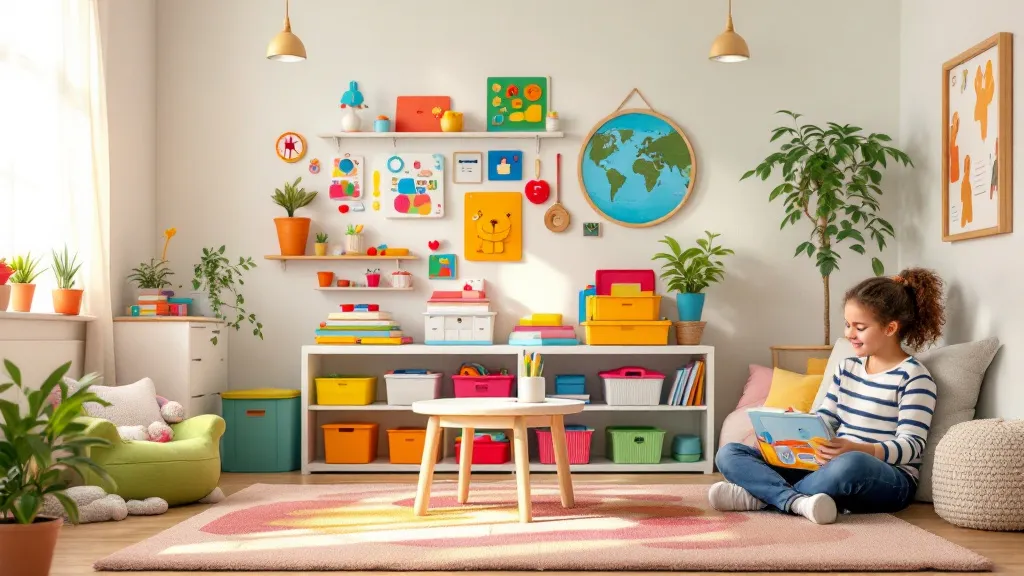


















































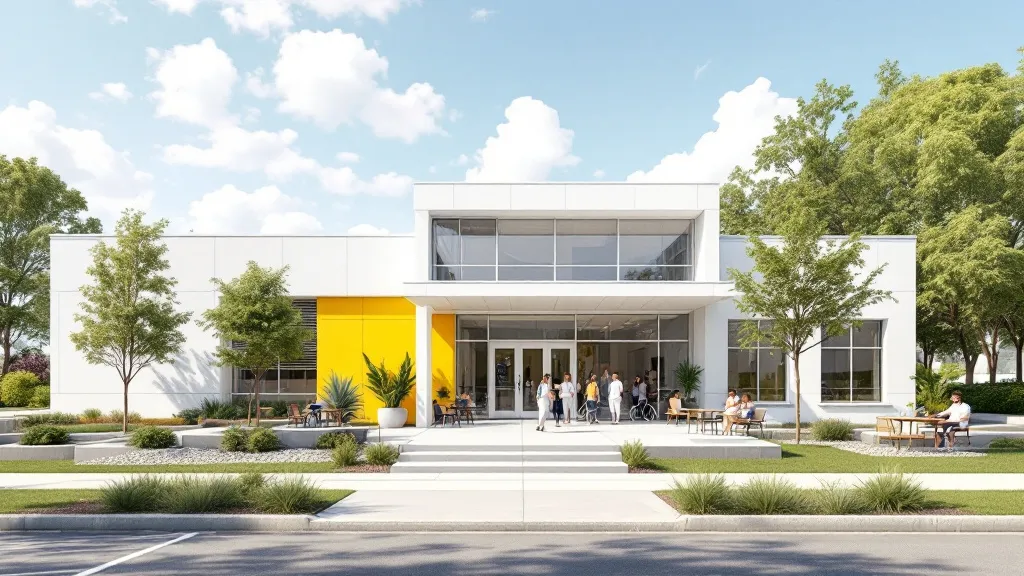





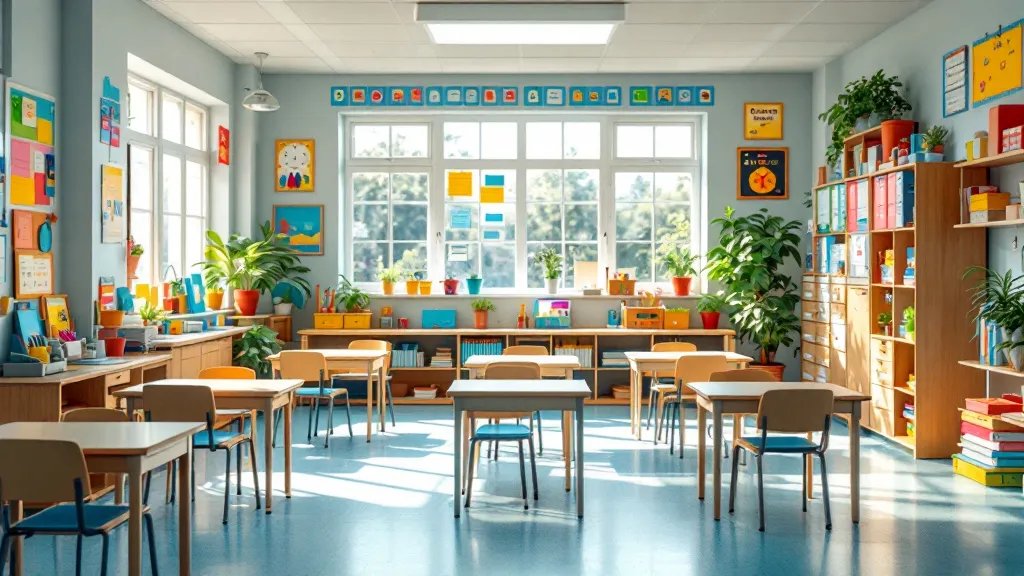




%2520(1).jpeg)


















